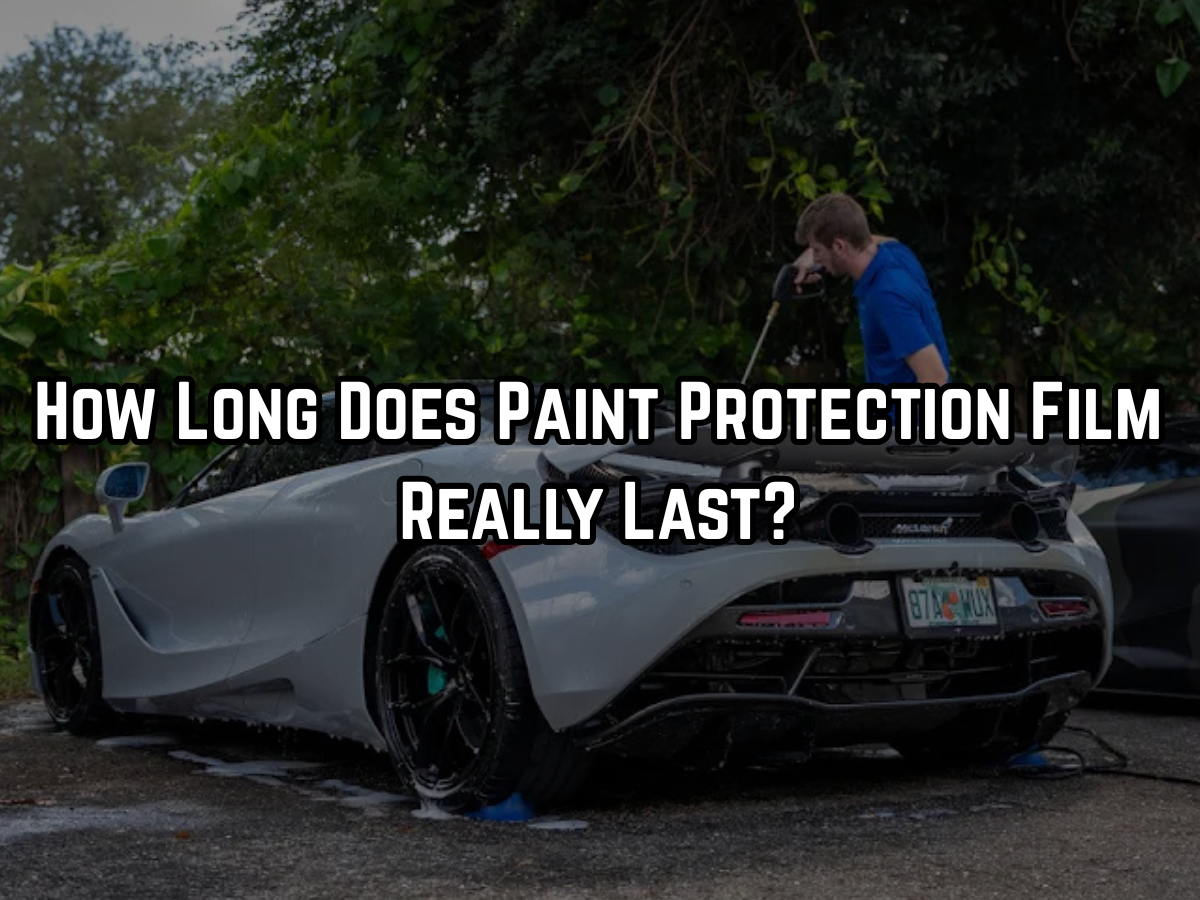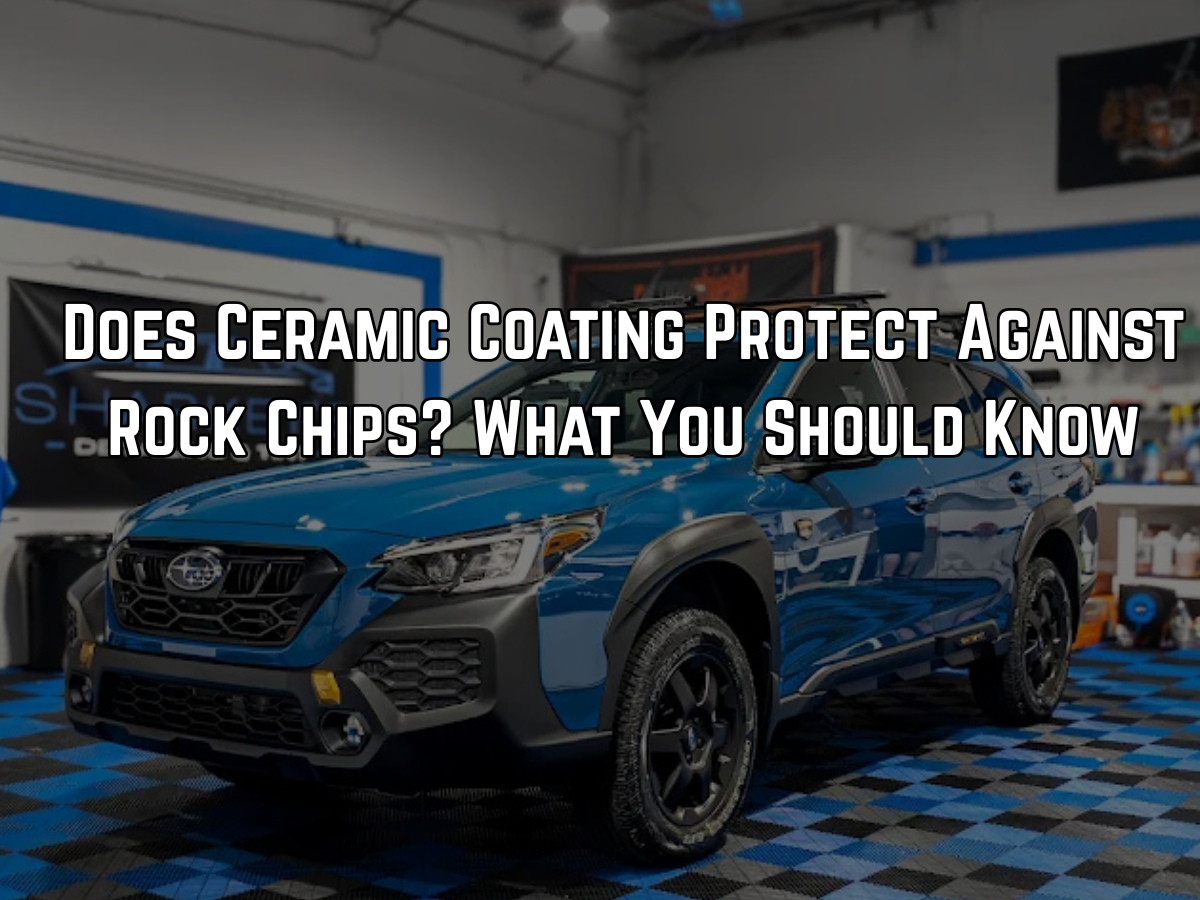Science Behind Window Tint
The Science Behind Window Tinting: How It Works and What Makes It Effective
When it comes to enhancing comfort, improving privacy, and protecting your car's interior, window tinting is an increasingly popular solution. But while the benefits are widely known, many people still don't fully understand the science behind how window tinting works. What makes it so effective at blocking heat, UV rays, and glare? Let's break it down and take a closer look at the technology behind this vehicle upgrade.
What Is Window Tinting?
At its core, window tinting involves applying a thin, adhesive film to the windows of a vehicle. This film can be made from various materials, including dyed polyester, metalized coatings, carbon materials, or advanced ceramic materials. Here at Sharkey's Detailing & Tint, we only carry Carbon and Ceramic films so we can provide a quality product to our clients. The primary function of window tint is to block or absorb certain types of light, particularly ultraviolet (UV) rays and infrared (IR) radiation, which are responsible for heat and fading.
The Key Components of Window Tint
- UV Protection
One of the primary reasons people choose to tint their car windows is to protect themselves from harmful ultraviolet rays. UV radiation is known to cause skin damage, premature aging, damage to interior surfaces, and can even contribute to skin cancer over time. Window tinting films include special UV-blocking layers that prevent up to 99% of harmful UV rays from entering your vehicle. This not only helps protect your skin but also keeps your car’s interior from fading due to prolonged exposure to the sun. - Infrared Heat Rejection
While UV rays are harmful to your skin, infrared (IR) radiation is the main cause of heat buildup inside your vehicle. When sunlight passes through your car’s windows, it generates heat in the form of IR radiation, which is absorbed by the interior, making your car uncomfortably hot. Window tinting, especially high-performance films made with ceramic or carbon materials, can block a significant amount of this infrared radiation. Here at Sharkey's our Ceramic film blocks around 85% or IR heat making your vehicle cooler and more energy-efficient. - Glare Reduction
Glare from the sun or headlights at night can be an annoying distraction when you're driving. Window tinting works by reducing the intensity of light entering through the windows, which minimizes glare and improves visibility. Depending on the tint shade you choose, you can significantly cut down on the blinding effects of direct sunlight or headlights, reducing eye strain and making driving more comfortable. - Visible Light Transmission (VLT) and Tint Shades
Window tint films vary in terms of the amount of light they allow to pass through, known as Visible Light Transmission (VLT). A lower VLT percentage means less light is allowed to pass through the window, which increases privacy and provides a darker, more aesthetically pleasing appearance. However, a lower VLT doesn’t necessarily mean better heat rejection or UV protection. The best window tinting films are those that strike a balance between VLT, heat rejection, UV protection, and glare reduction.
Types of Window Tint and How They Work
- Dyed Window Film - Not Carried At Sharkey's
Dyed films are the most common and affordable option. The tint is created by applying a layer of dye between the adhesive and protective film. While these films provide privacy and a sleek look, they aren’t as effective at blocking heat and UV rays compared to more advanced options. - Metalized Window Film - Not Carried At Sharkey's
Metalized films use a layer of metallic particles to reflect sunlight and heat. This type of tint provides better heat rejection than dyed films and offers added strength to the glass. However, it can interfere with electronics, such as GPS and cell phone signals, because of the metal content. - Carbon Window Film
Carbon films use carbon particles to block heat and UV rays. Unlike metalized films, they don’t interfere with electronic devices. They also offer a rich black finish, reducing glare while providing an aesthetic advantage. Our Carbon window tint carries about 50% Ir heat rejection as an added benefit. - Ceramic Window Film
Ceramic window tints are the most advanced and effective option. Made from non-metallic, ceramic particles, these films can block up to 99% of UV rays and 85% of infrared heat while maintaining excellent clarity. Ceramic films don’t interfere with electronic devices and offer superior protection against fading and heat build-up. Though more expensive, ceramic window films are ideal for those who want the highest level of performance and durability.
How Window Tint Blocks Heat, UV Rays, and Glare
Now, let’s dive into the science behind how window tinting actually works. The materials used in the tint film are designed to interact with light in different ways:
- Absorption: Some tints absorb sunlight and heat, preventing it from passing through the glass. The absorbed heat is dissipated within the film itself, keeping the interior cooler. This is whats used on cars.
- Reflection: Other films reflect a portion of the light that hits the glass. This reflective quality helps bounce back both UV and infrared radiation, further reducing heat and sunlight penetration. This is illegal to use on cars but always used in buildings.
What Makes Window Tinting Effective?
The effectiveness of window tinting depends on several factors:
- Film Composition: Higher-quality films made from ceramic or carbon are generally more effective at blocking heat and UV rays than standard dyed films.
- Thickness of the Film: Thicker films tend to offer better protection against heat and UV radiation.
- Type of Tint: Some tints are designed specifically for heat rejection, while others may focus on glare reduction or UV protection. It's important to choose a film that matches your needs.
Conclusion
Window tinting may seem like a simple aesthetic upgrade, but its benefits go far beyond looks. The science behind window tinting lies in its ability to block harmful UV rays, reduce infrared heat, and cut down on glare, making it an effective solution for comfort, protection, and energy efficiency inside your vehicle. Whether you're trying to stay cooler in the summer, protect your skin, or reduce glare on the road, the right window tint can enhance your driving experience. Understanding the science behind it will help you make an informed decision when choosing the best window tinting solution for your needs.
If you're considering getting your windows tinted, always remember that the quality of the film and the installation process play a huge role in its overall performance and longevity. Come visit our window tint shop in sarasota to learn more about quality film and its vast amount of benefits.




